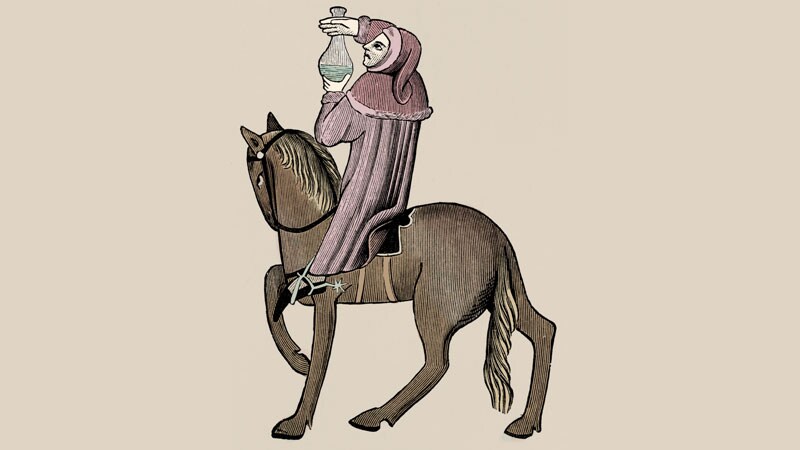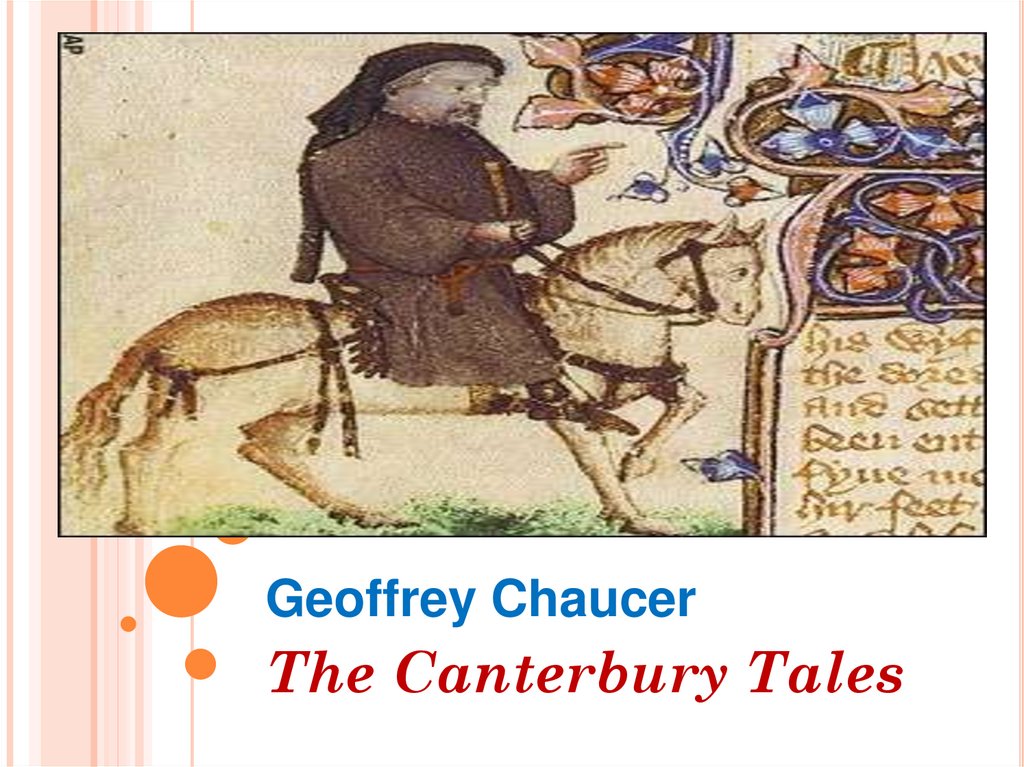
The Monk, too represents the degradation of the church. The priests accompany the nuns to Canterbury and Chaucer doesn’t speak anything about them in the ‘ general prologue.’ She too seems to be worldly than being stern as she should be. Moreover, she wears a coral rosary with a gold brooch with “Love conquers all” inscribed in Latin. She tries to present herself as a genteel lady of high standard and manners than with austerity which is generally expected of a nun. The Prioress represents the corrupted church. Looking at his adornments, the dagger, Bow, Arrows, and Dress, Chaucer makes a guess that he could a forester than the regular owner of the estate. He, with his dressing, expresses his free will. In addition to the Squire, the knight has brought only this yeoman. With his dressing and personality, he fits his age well in contrast to the personality of the Knight. He is young and vain but has the ability to sing, write poetry, and ride a horse very well. In the words of Chaucer: “Verray parfitgentil Knight.” All throughout the journey, he epitomizes chivalry, truth, and honor. He is the first pilgrim to be described and the one who is the teller of the first tale. The Knight is the most prominent person on the pilgrimage with his high social order. Further, he promises to be their guide and fair judge of the tales, the characters to say during their journey. He volunteers to travel with the pilgrims and brings forth the idea of storytelling to ward off boredom.


Harry Bailey, the host is the owner of the Tabard Inn. In ‘Canterbury Tales’, he too is a pilgrim who is on his way to Canterbury.

His expertise in carving the characters is projected in presenting the characters as they were. Still, he has kept himself away from including his personal biased opinions. The narrator is none other than the poet, Geoffrey Chaucer, himself.


 0 kommentar(er)
0 kommentar(er)
